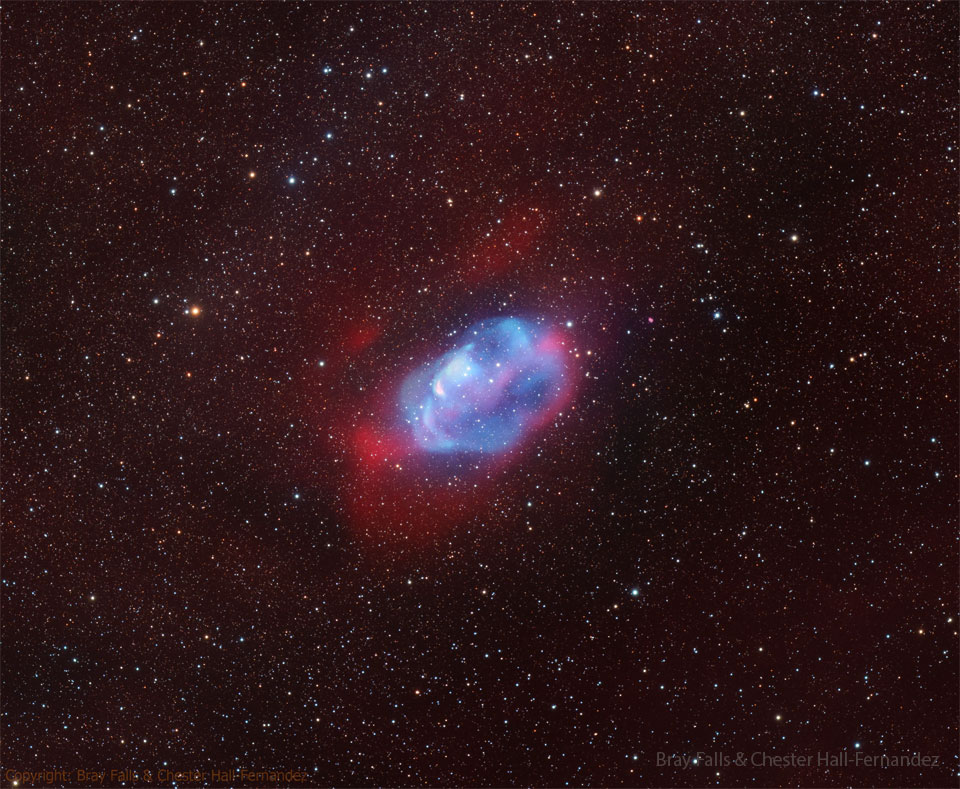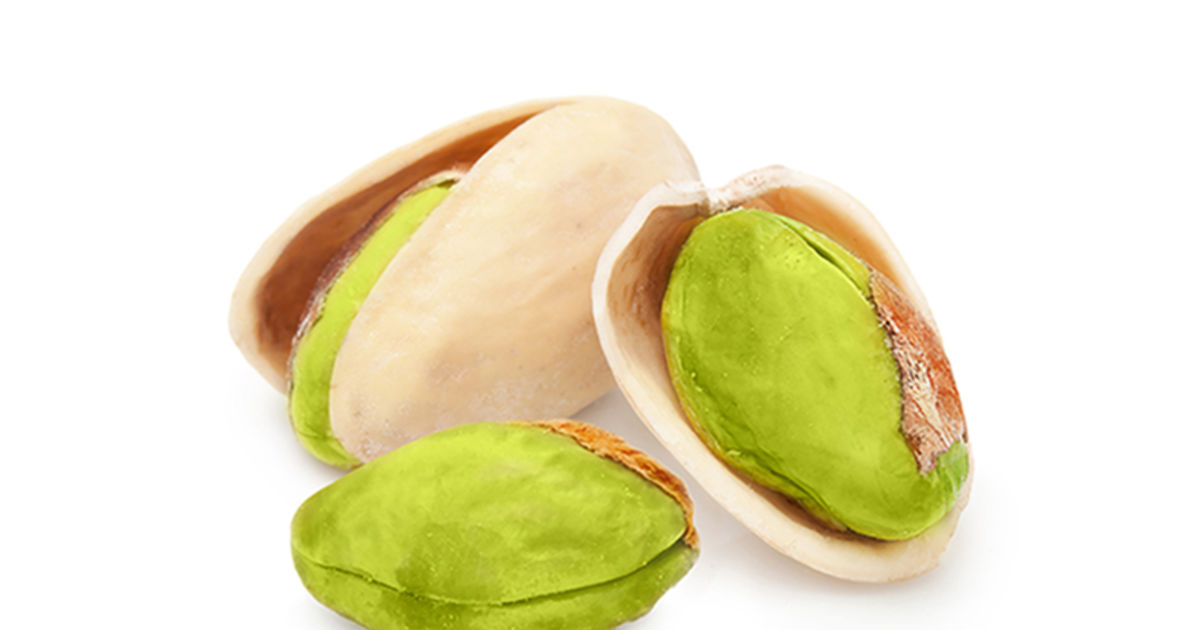It's a nice image, to be sure! But a pistachio nebula?
To resemble a pistachio, maybe the OIII emission from this nebula, which is this color:
███, should have been mapped as green, like this,
███, rather than as blue,
███, the way it is mapped in the APOD?
Anyway, an unknown nebula.
APOD Robot wrote:
The pictured Pistachio Nebula is shown in oxygen emission (blue) and hydrogen emission (red). The nature of the hot central star is currently unknown, and the nebula might be labeled a planetary nebula if it turns out to be a white dwarf star.
Right. The Pistachio Nebula might be labeled a planetary nebula if the central star turns out to be a white dwarf star. Well, that reminds me of nebula Ou4, where the jury is still out on the nature of this thing:
Like the Pistachio Nebula, Ou4 or the Squid Nebula also glows in OIII.
Is the central star inside Ou4 a white dwarf? Yes, says Astrodrudis:
Astrodrudis wrote:
Outters 4 (Ou4) is a very faint planetary nebula located in the constellation Cepheus.
No, says NASA:
Though apparently completely surrounded by the reddish hydrogen emission region Sh2-129, the true distance and nature of the Squid Nebula have been difficult to determine. Still, a more recent investigation suggests Ou4 really does lie within Sh2-129 some 2,300 light-years away. Consistent with that scenario, Ou4 would represent a spectacular outflow driven by HR8119, a triple system of hot, massive stars seen near the center of the nebula. The truly giant Squid Nebula would physically be nearly 50 light-years across.
So according to NASA, HR 8119 is probably a massive fusion-driven star rather than a white-hot cinder of a dead star surrounded by its own death shroud, a planetary nebula.
What says Gaia, our best tool for measuring distances to stars? Unfortunately, Gaia says nothing!

It apparently hasn't measured the distance to HR 8119! How incredibly disappointing and frustrating!

I would so much love to know the nature of Ou4! But I would certainly like to know the nature of the Pistachio Nebula, too.
Ann
 The Pistachio Nebula
The Pistachio Nebula

